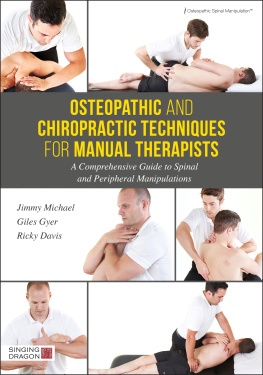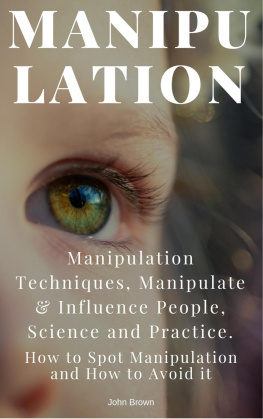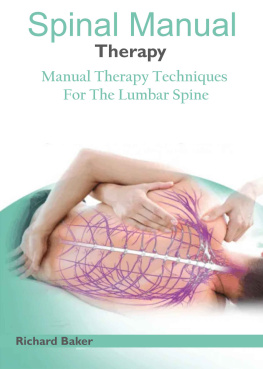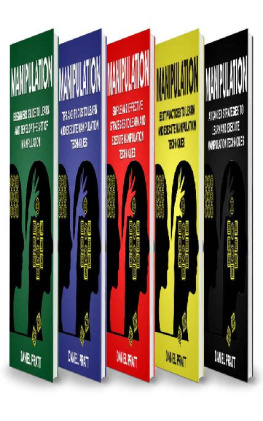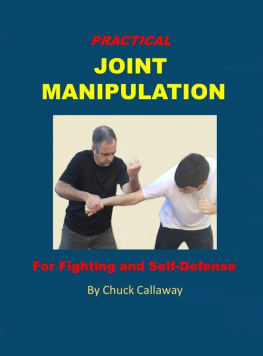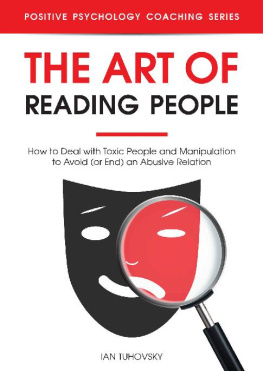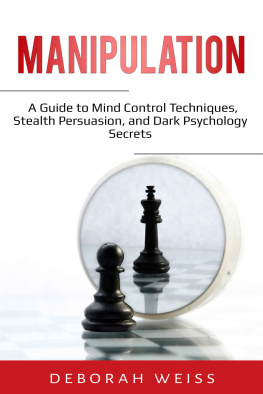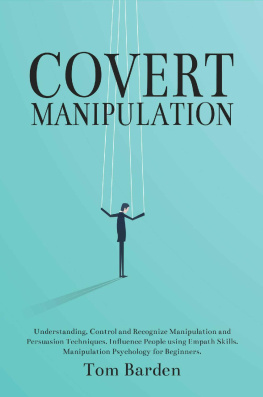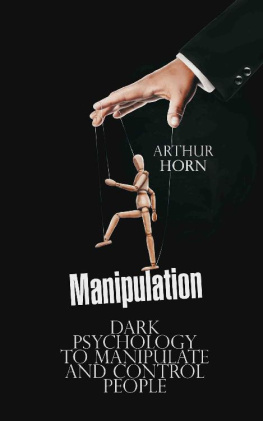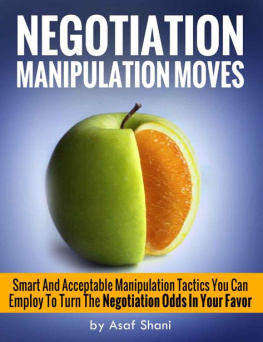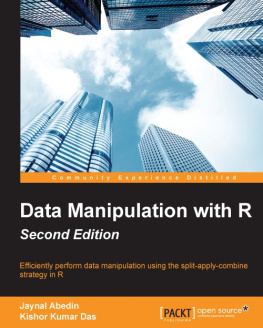
Osteopathic and Chiropractic Techniques for Manual Therapists
A Comprehensive Guide to Spinal and Peripheral Manipulations
Jimmy Michael, Giles Gyer and Ricky Davis
Foreword by Ulrik Sandstrom

Contents
Foreword
Manipulation in its many forms has been associated with chiropractic and osteopathy since their inception. Throughout the last century, a huge number of techniques have been developed and increasingly shared between the two professions, and this book is a much-needed compendium for the modern manual practitioner. Technique choices are driven by a need to change function, and having a toolbox full of manipulative techniques drives a tailor-made approach to each patient rather than a one size fits all. We should all continue to learn, and those of us with significant experience often learn more from our allied professions than our own.
I am delighted to see the thoroughness of application of both spinal and extremity techniques in this book; these will help students of the craft as well as provide new techniques and inspiration for experienced clinicians. The book does not solely present techniques, but also offers a thorough and well-referenced review of the literature on the neurophysiology of manipulation, patient safety and contraindications, as well as anatomical and functional considerations on, for example, fascia and disc pathology. The reference lists at the end of each chapter are an invaluable source of further information, and show the vast scope of material the authors have reviewed for this book.
Having worked in elite sports for 25 years, including two Olympic Games, and seen some of the worlds best chiropractors, osteopaths and physiotherapists in action, it is becoming increasingly clear to me that we should learn and teach each others best techniques. We all adapt techniques to suit our own physiology and that of the patient in front of us, and it is often easy to fall into the trap of sticking to your five best manipulations. This book has brought some new and very useful additions to my skillset and will, Im certain, continue to inspire further expansion of my repertoire. This can only benefit my existing and future patients. I congratulate the authors on their foresight and collaborative effort in producing this book, which delivers a greater body of knowledge and practical skills to any practitioner of manual manipulation.
Ulrik Sandstrom, BSc, DC, ICCSD, FRCC, FBCA, FEAC
Elite Sports Chiropractor, International Lecturer, and Fellow of the
British Chiropractic Association, the Royal College of Chiropractors
and the European Academy of Chiropractic
Disclaimer
To the fullest extent of the law, neither the publisher nor the authors assume any liability for any injury and/or damage to persons or property incurred as a result of the instructions or ideas contained in the material herein.
This field is constantly evolving as new research and experience broadens our knowledge. As a result, changes in professional practice may be necessary. Practitioners and researchers should rely on their own expertise in evaluating and using any information included in this book. They should be mindful of their own safety as well as the safety of others in their care.
With respect to any techniques identified, readers are advised to research the most current information available on procedures, dosage, method and duration of treatment, and contraindications. It is the responsibility of practitioners to provide the appropriate treatment for their patients, taking into account all the necessary safety precautions.
Over decades, therapies have blended, and, regardless of therapeutic title, we are all using, to an extent, similar techniques just with differing philosophies. Spinal manipulation is utilised worldwide as an effective way to treat musculoskeletal pain and dysfunction; this book aims merely to present effective techniques from our professions and should not be used unless you have the relevant training and qualifications within manipulative therapy.
Introduction
The use of spinal manipulation techniques within manual therapy is as old as manual therapy itself. In writing this book, we looked at combining knowledge and skill with the aim to help promote best practice, safe and effective technique, and overall improvement in patient care, regardless of professional title and philosophical background. This is a technique book written by osteopaths and chiropractors for manual therapists who have the skill and training in using spinal manipulation. This book does not replace the high level of training that these professions undertake, but gives you an insight into the most effective techniques used within clinical practice, and, in the following sections, an insight into the background and history of the two professions.
Osteopathy and chiropractic are two of the most popular forms of manual therapy. Both medical systems share a common origin, having emerged during the late 19th century with a remarkably similar disease theory. They bear many striking similarities and meet at several common points (Pettman, 2007). In many cases, they even use similar techniques to treat similar conditions. However, due to the decisions made by the earlier pioneers, osteopathy and chiropractic have evolved into two separate disciplines and can be quite different in their modern forms. Today they have a particular degree of multiplicity and complexity (Klein, 1998).
In this chapter, we discuss the basic principles of osteopathy and chiropractic, their origins (i.e. how they came to exist but diverged into two separate systems), their similarities and differences, and their therapeutic scope.
Osteopathy
Osteopathy, also known as osteopathic medicine, is a form of manual therapy that addresses the abnormalities of structure and function to aid the bodys self-healing, self-regulating mechanisms. The therapy generates its beneficial effects by stretching, massaging, and moving a patients bones, muscles and joints. In brief, it is a patient-centric, hands-on approach to health care with a strong manual component (Paulus, 2013).
Osteopathy utilises the power of human touch in the diagnosis and treatment of a wide range of musculoskeletal conditions, including back and neck pain, shoulder pain, arthritis, osteoarthritis, postural strain, sciatica and sporting injuries. The therapy is also used in the treatment of a number of functional problems that do not directly involve bones and joints, such as headaches, migraines, otitis media, breathing disorders, menstrual problems and digestive disorders (Line and Embase, 2010).
Origin
Dr Andrew Taylor Still, a former US Army physician, first developed the principles and philosophies of osteopathy in the mid-1800s. In his early life, he was a dedicated practitioner of orthodox medicine. However, he lost his faith in the conventional medical practices of his time after a series of tragic events overtook his loved ones (Pettman, 2007). Incensed by his inability to save his wife and children with what he had been taught, he began to seriously question the effectiveness of mainstream treatments such as purging, blistering, bloodletting and rectal feeding (Baer, 1987; Tan and Zia, 2007).
After relentless research and study, Dr Still concluded that most of the diseases occur due to damaged articulations or faulty lesions in the muscular and skeletal systems, specifically in the spine and its associated musculature. As a result, he began to slowly conceive a thought that traditional bone setting could cure diseases by restoring normal function of structures in the musculoskeletal system (Still, 1908; Ward, 2015). This theory ultimately led him to raise the banner of a new medical system known as Osteopathy in 1874 (Pettman, 2007).
Next page
